Battleship U.S.S. Tennessee Layout Blueprint - Drawing 431(X) - Edward H. Wiswesser




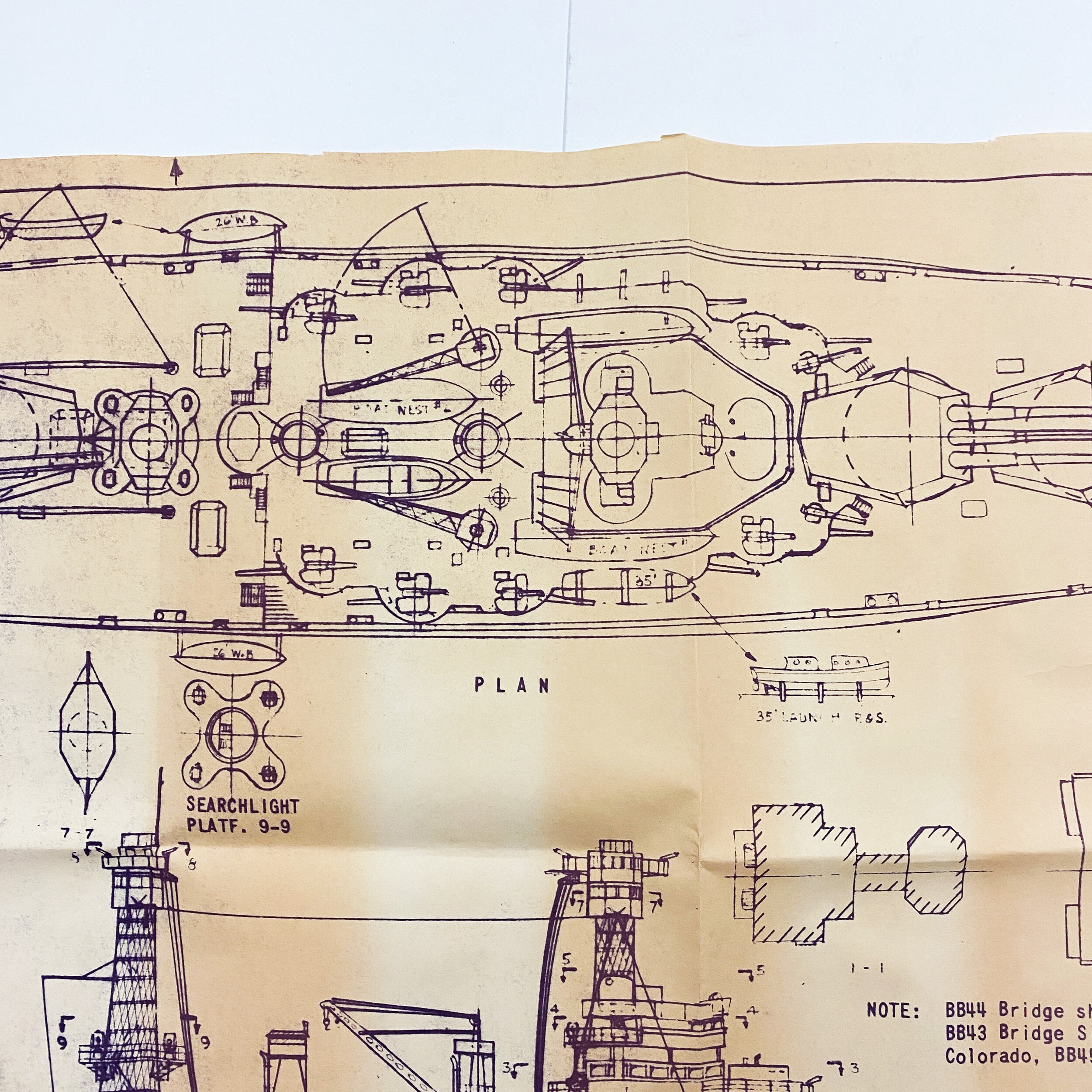

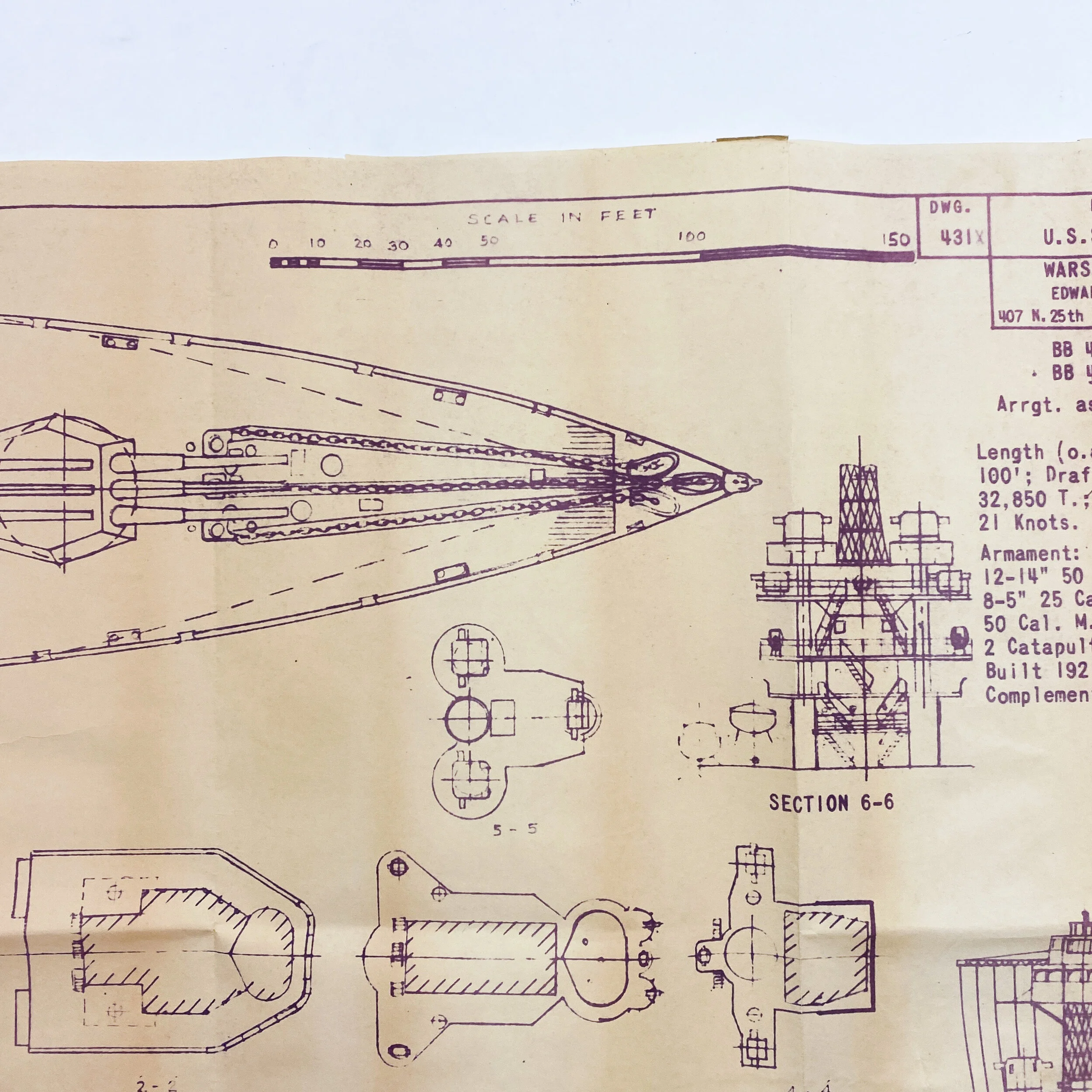


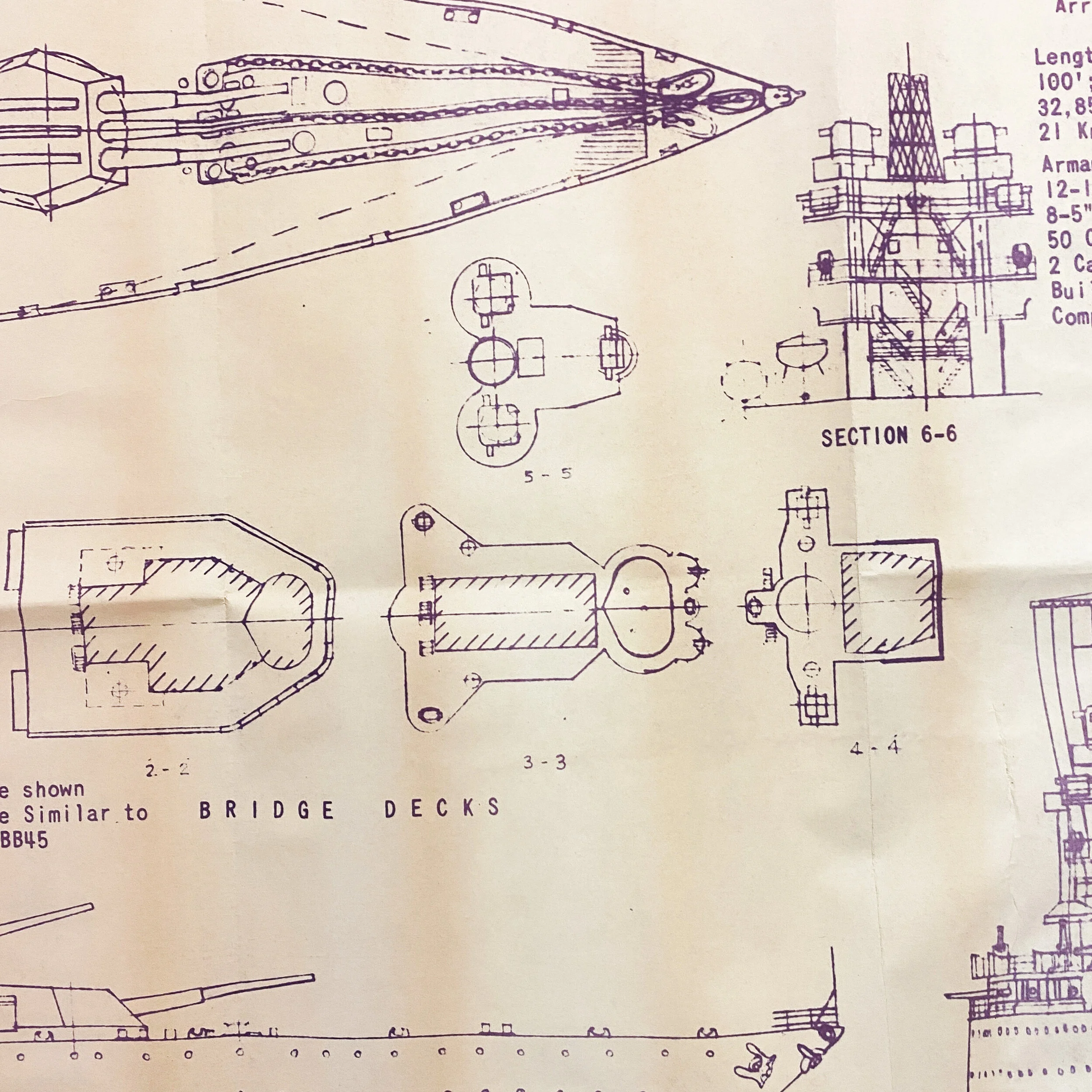
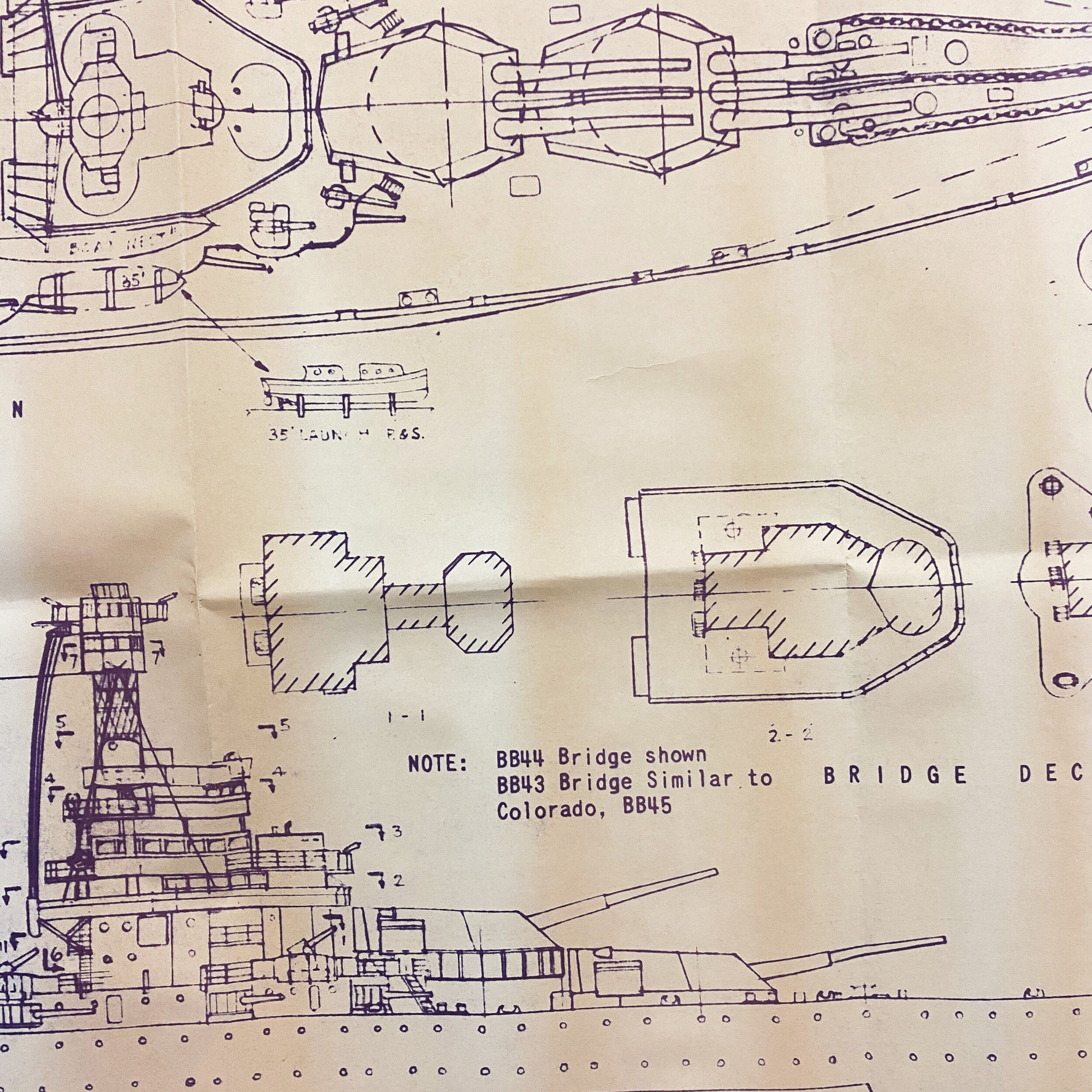

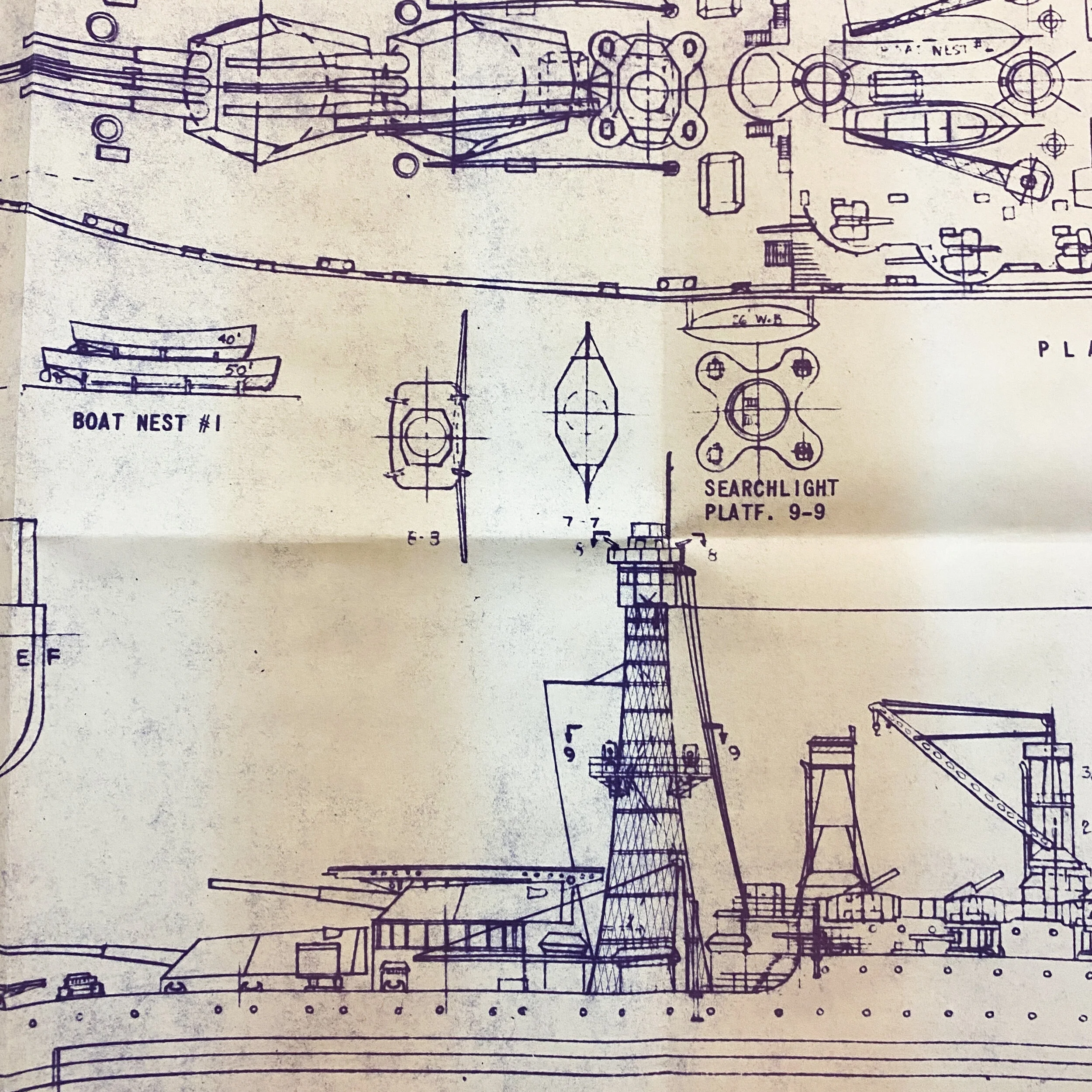



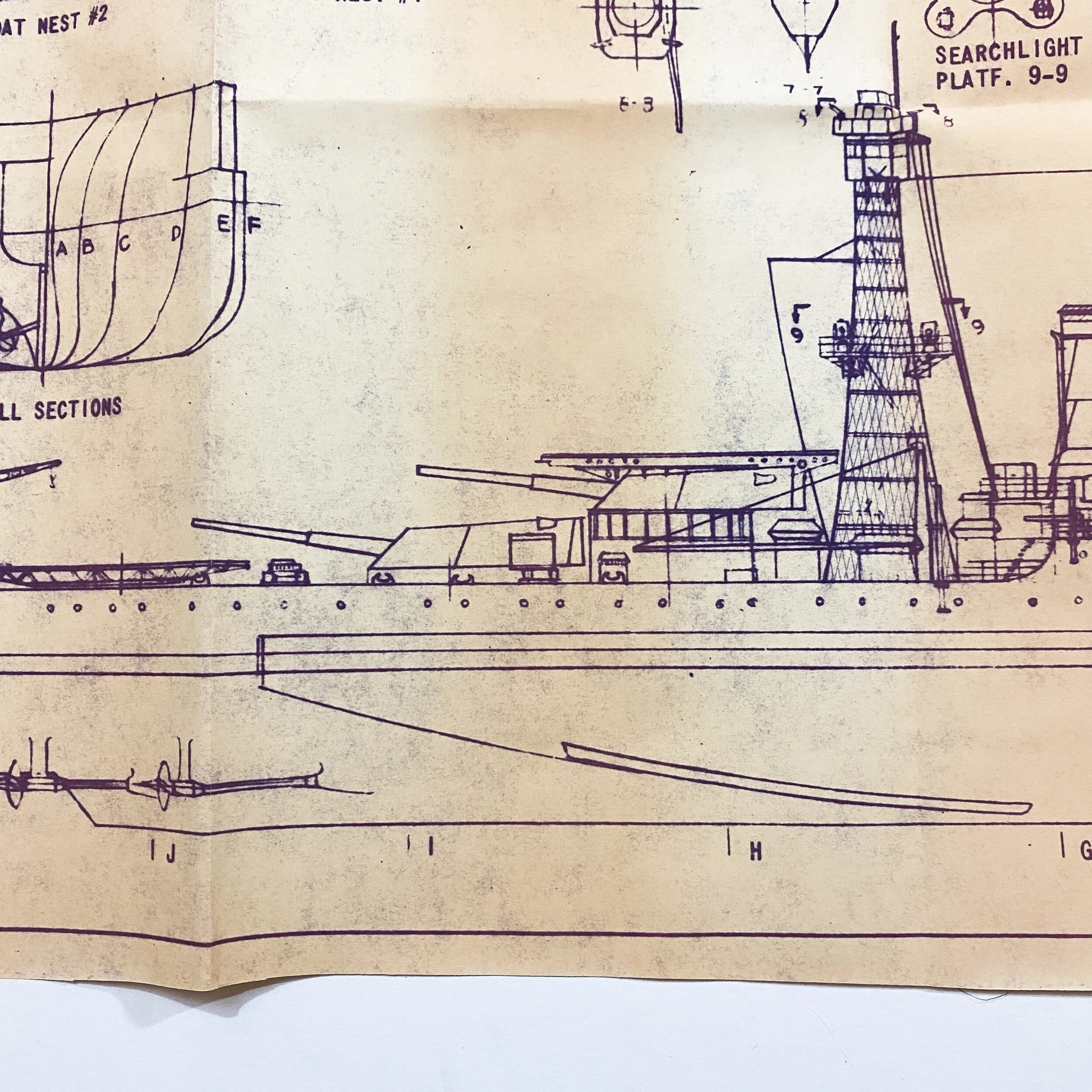
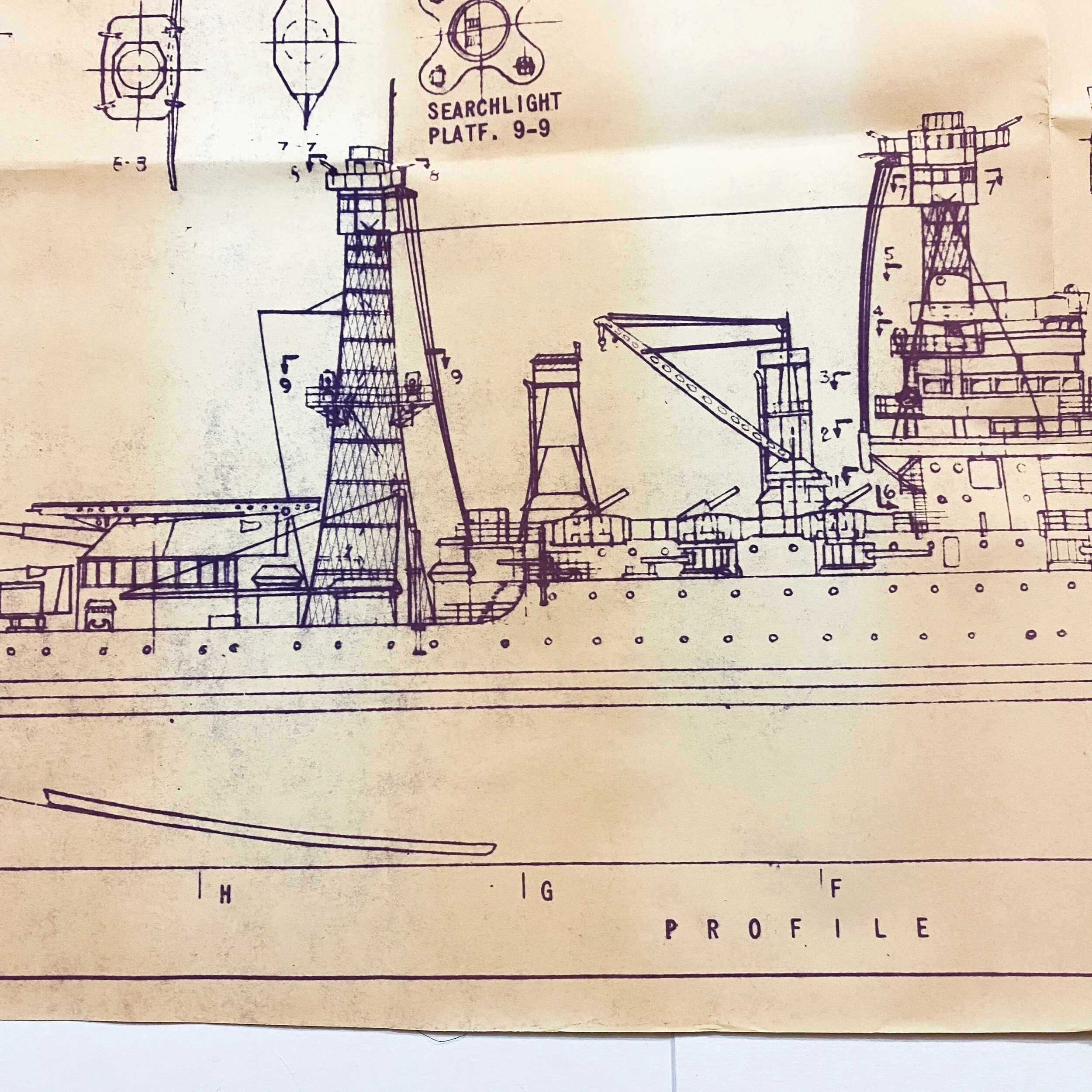







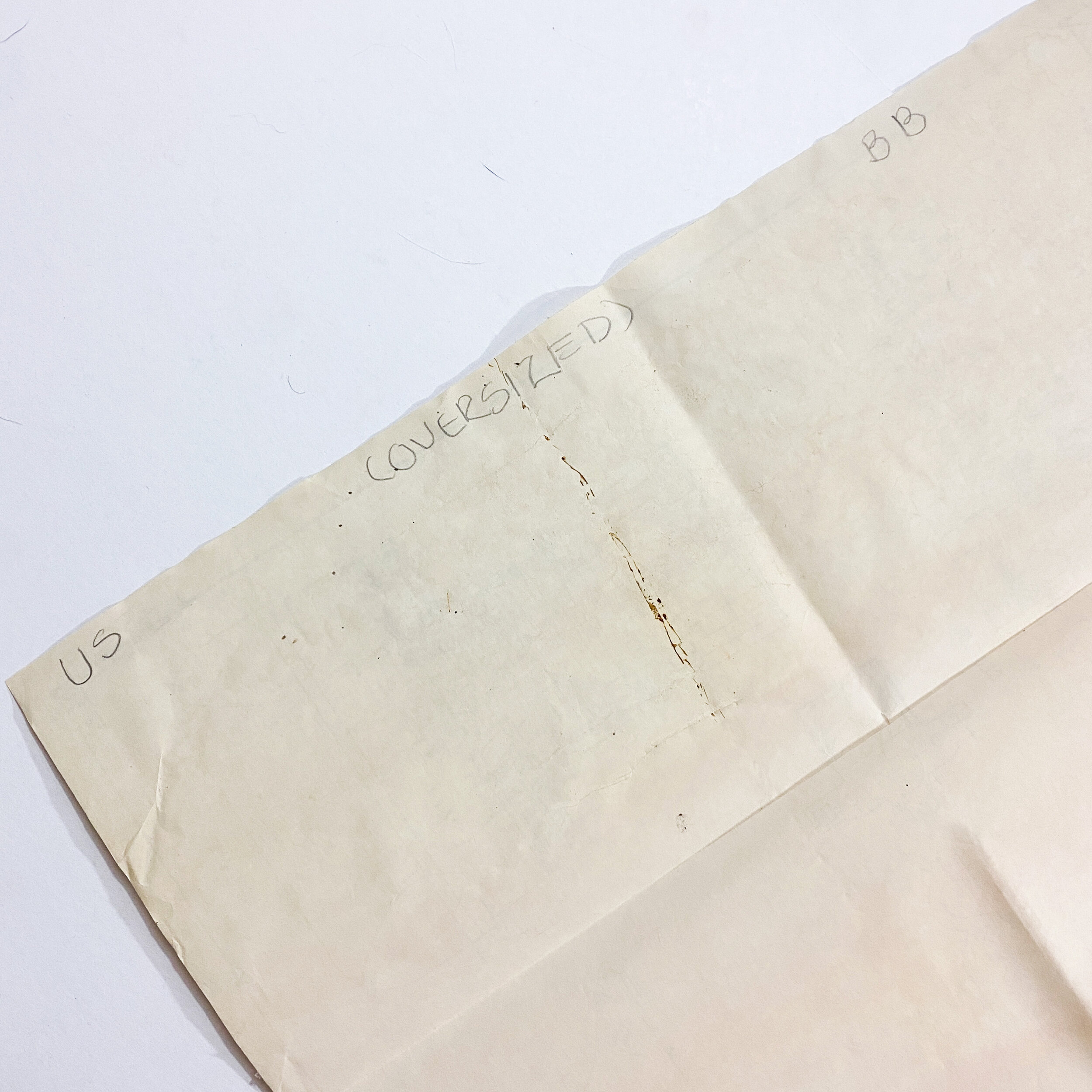
Battleship U.S.S. Tennessee Layout Blueprint - Drawing 431(X) - Edward H. Wiswesser
From the personal blueprint collection of Edward H. Wiswesser.
Size: 51 x 22 inches
This blueprint comes from the blueprint collection of the famous Edward H. Wiswesser. From 1940-1946, Edward H. Wiswesser worked at the Philadelphia Naval Yard designing warships for the United States Navy, specializing in Iowa-class battleships including his direct hand in designing the Battleships USS New Jersey and the USS Wisconsin. His design of the USS New Jersey was one of the Iowa-class "fast battleship" designs planned in 1938 by the Preliminary Design Branch at the Bureau of Construction and Repair. She was launched on December 7th of 1942 (the first anniversary of the attack on Pearl Harbor) and was commissioned on 23 May 1943. The ship was the second of the Iowa class to be commissioned by the U.S. Navy. The USS New Jersey (BB-62) ("Big J" or "Black Dragon") was the second ship of the United States Navy to be named after the US state of New Jersey. New Jersey earned more battle stars for combat actions than the other three completed Iowa-class battleships, and was the only US battleship providing gunfire support during the Vietnam War. During World War II, New Jersey shelled targets on Guam and Okinawa, and screened aircraft carriers conducting raids in the Marshall Islands. Edward H. Wiswesser other design of the USS Wisconsin (BB-64) is an Iowa-class battleship, the second ship of the United States Navy to be named in honor of the U.S. state of Wisconsin. She was built at the Philadelphia Naval Shipyard in Philadelphia, Pennsylvania and launched on December 7, 1943 (the second anniversary of the Pearl Harbor raid), sponsored by the wife of Governor Walter Goodland of Wisconsin. During her career, Wisconsin served in the Pacific Theater of World War II, where she shelled Japanese fortifications and screened United States aircraft carriers as they conducted air raids against enemy positions.
This specific blueprint is labeled as drawing number 431(X) and is titled “Battleship U.S.S. Tennessee’. The blueprint itself is also title ‘Warship Drawings’ and contains the name of Edward H. Wiswesser himself. The blueprints for this specific battleship are in conjunction with BB 43 Tennessee and BB 44 California that were ‘Arrgt. As of Dec. 1941’. The blueprint contains some of the most detailed and intricate constructional layouts of the ship as well as detailed measurements of its length, knot speed, arraignment, guns and turret attachments, as well as its 2 catapults and 4 seaplanes integrated with the ship for reconnaissance purposes. The blueprint itself is in relatively good condition for its age with minor creasing and tears. The blueprint is one of two of the U.S.S. Tennessee and was most likely struck with an ‘X’ following the numbering of 431 due to a flawed error in the blueprint or re-drawing due to an upgrade on the ship. While it is unclear why Edward H. Wiswesser marked an ‘X’ on this blueprint, I was most likely as clerical annotation used to mark the most accurate and up to date blueprints of the U.S.S. Tennessee.
This United States Navy blueprint of one of the most infamous ships of WWII would make an amazing addition to any World War II or U.S. Navy collection.
USS Tennessee (BB-43):
USS Tennessee (BB-43) was the lead ship of the Tennessee class of dreadnought battleships built for the United States Navy in the 1910s. The Tennessee class was part of the standard series of twelve battleships built in the 1910s and 1920s, and were developments of the preceding New Mexico class. They were armed with a battery of twelve 14-inch (360 mm) guns in four three-gun turrets. Tennessee served in the Pacific Fleet for duration of her peacetime career. She spent the 1920s and 1930s participating in routine fleet training exercises, including the annual Fleet Problems, and cruises around the Americas and further abroad, such as a goodwill visit to Australia and New Zealand in 1925.
Tennessee was moored in Battleship Row when the Japanese attacked Pearl Harbor on 7 December 1941, which brought the United States into World War II. She was not seriously damaged, and after being repaired she operated off the West Coast of the US in 1942. In 1943, Tennessee and many of the older battleships were thoroughly rebuilt to prepare them for operations in the Pacific War and in June–August, she took part in the Aleutian Islands Campaign, providing gunfire support to troops fighting to retake the islands. The Gilbert and Marshall Islands campaign followed from November 1943 to February 1944, including the Battles of Tarawa, Kwajalein, and Eniwetok. In March, she raided Kavieng to distract Japanese forces during the landing on Emirau, and from June through September, she fought in the Mariana and Palau Islands campaign, bombarding Japanese forces during the Battles of Saipan, Guam, Tinian, and Anguar.
The Philippines campaign followed in September, during which the ship operated as part of the bombardment group at the Battle of Leyte. The Japanese launched a major naval counterattack that resulted in the Battle of Leyte Gulf, a series of four naval engagements. During the Battle of Surigao Strait, Tennessee formed part of the US line of battle that defeated a Japanese squadron; this was the last battleship engagement in history. Tennessee shelled Japanese forces during the Battle of Iwo Jima in February 1945 and the Battle of Okinawa from March to June. During the latter action, she was hit by a kamikaze but was not seriously damaged. In the final months of the war, she operated primarily in the East China Sea, and after Japan's surrender in August, she participated in the occupation of Japan before returning to the US late in the year. In the postwar draw down of naval forces, Tennessee was placed in the reserve fleet in 1946 and retained, out of service, until 1959, when the Navy decided to discard her.